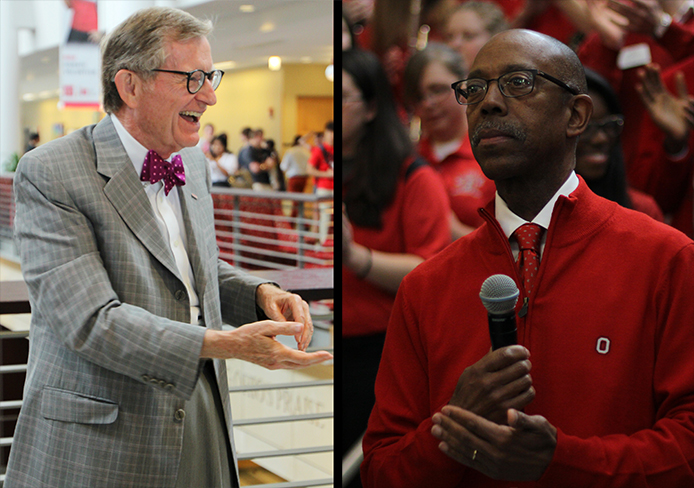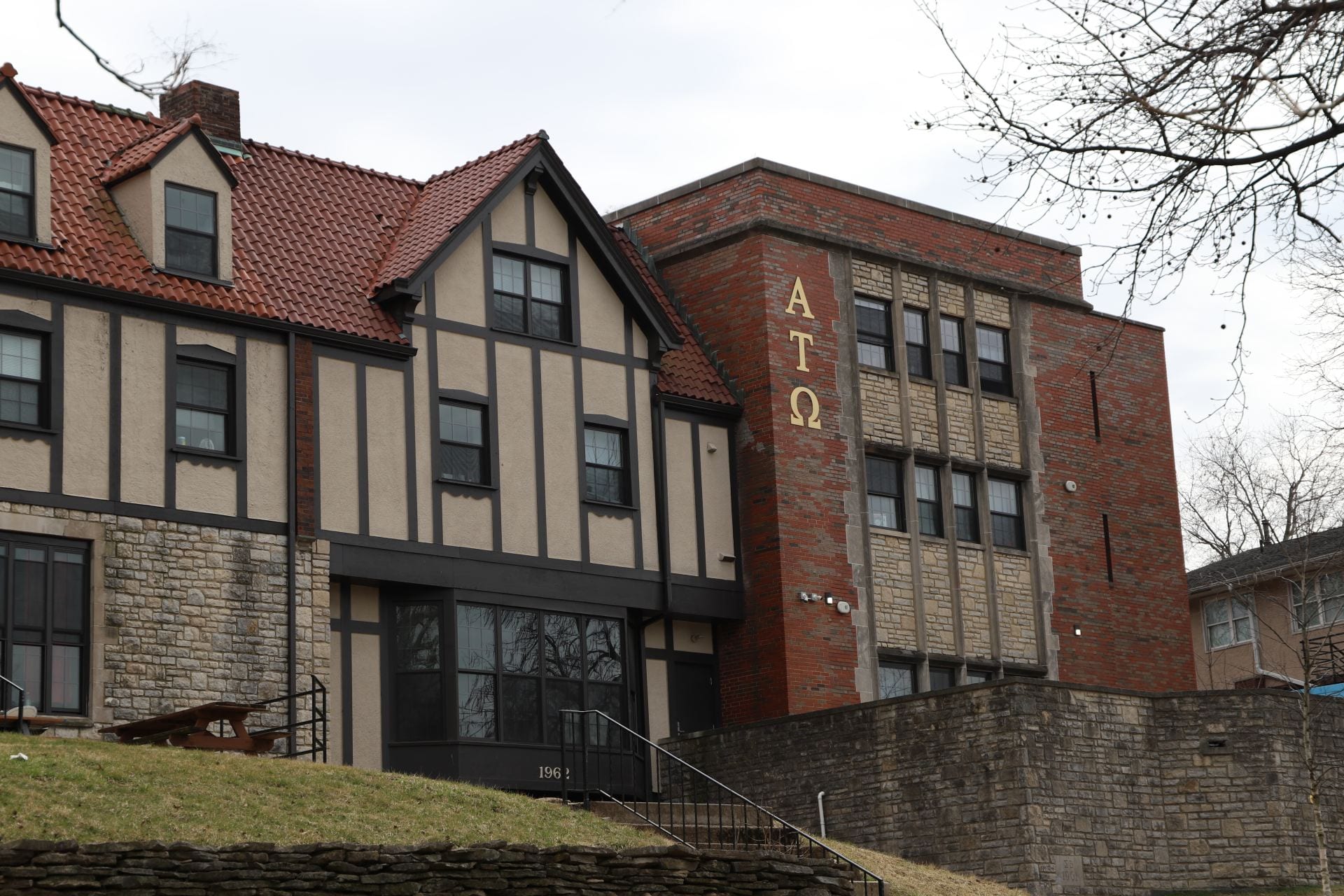LANTERN STAFF
It’s easy for Ohio State to have an off year at one point or another in its 144-year history. The phrase that has been used by polite company is “a year of transition.”
Everyone knows the backstory by now: then-President E. Gordon Gee stepped down in June, and in July, Joseph Alutto assumed the interim presidency. The several months that followed involved a search for OSU’s next leader, who was announced in January to be Dr. Michael Drake.
That is the big picture of what has been going on at the university, and what will likely be the only thing many people can recall about the 2013-14 academic year down the road. However, it is only a basic snapshot of the year, and ignores the most important part of a university: the students.
In a period of time consumed by the search for the next president, student interest and involvement in many ways was swept under the rug. For example, with all the transitioning happening, OSU dropped the ball on finding a Spring Commencement speaker and dropped the traditional means of selecting one by way of a committee.
OSU was four to five months behind in its selection process, and because of this, Executive Vice President and Provost Joseph Steinmetz was put in charge of handing the selection process, and he very candidly explained what had happened in an interview with The Lantern.
“It turns out in so much transition that was going on, the selection of a speaker came rather later than normal,” Steinmetz said April 1.
Chris Matthews of MSNBC’s “Hardball with Chris Matthews” was selected as the speaker, to the dismay of many students who disagree with his political views. But to just talk about Matthews as if he is the problem would be a failure to recognize the real issue at hand: Students weren’t involved in the selection process.
Roughly 10,000 students are expected to graduate May 4, a ceremony that will be marked by a keynote speech by Matthews and no one remembered to ask for student input. This signals a serious lapse in judgement and a divergence from the university’s core mission, values and reason for existence.
This specific example has been identified as a problem by the administration and a solution has been identified to avoid a repeated offense in the future. A new committee has been drawn that will include three students — one selected by the Undergraduate Student Government, one selected by the Council of Graduate Students and one selected by the Inter-Professional Council.
We challenge the university to never again allow students to become an afterthought at an institution that is built around – and for – them. The big picture of the university might have been focused on transitions over the course of the last year, but students spend a limited number of years on campus. OSU shouldn’t forget to recognize the importance of the small moments, the things students will remember.
After all, we are the donors of tomorrow.



